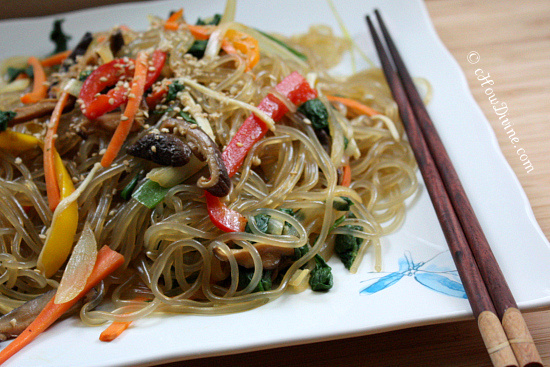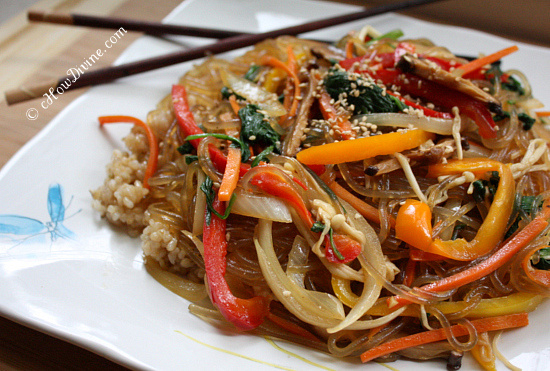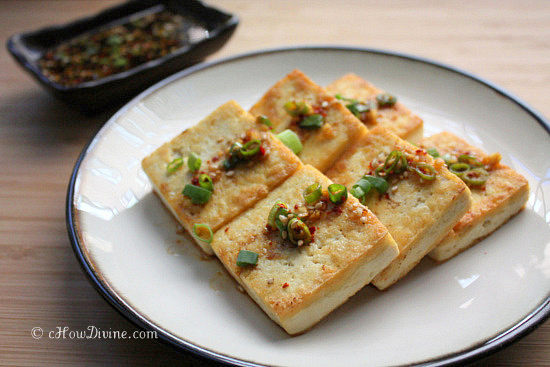
Is it wrong to treat your husband like a 5-year-old?
My husband doesn’t like to try new things. He says he doesn’t like something if he has never tried it or heard of it. Does it sound familiar moms and dads? It’s kind of like watching a toddler look at new food, smell it, put it in his mouth, take it out again, and frown.
I love japchae. I grew up with it. It was always made for birthdays because it symbolizes long life and prosperity. And it is absolutely delicious. My husband hates it. He didn’t grow up with it. His mother never made it. Now, he thinks it looks slimy and slippery. And he thinks it will make him queasy. Really?! How old are you?!
I hear that a toddler must try a new food about 8-15 times before the toddler knows if he likes it or not. I think I’m going to test that theory on my husband. Today, I made japchae for the first time since we got married. I am determined he will try it. And I will keep making it. After about 8 times – if he still hates it – I will let him be… (Update: My husband LOVED it.)

Japchae is usually made with sweet potato noodles. And if you’ve had it in a restaurant, it comes stir-fried on top of rice. But there is a bit of irony to the name “japchae” as it literally means mixture (“jap”) of vegetables (“chae”); and in its original form, japchae didn’t include noodles at all. I’ve had some varieties without noodles. But in my opinion, they don’t come close in taste to the noodle variety.
Continue Reading Japchae . . .








